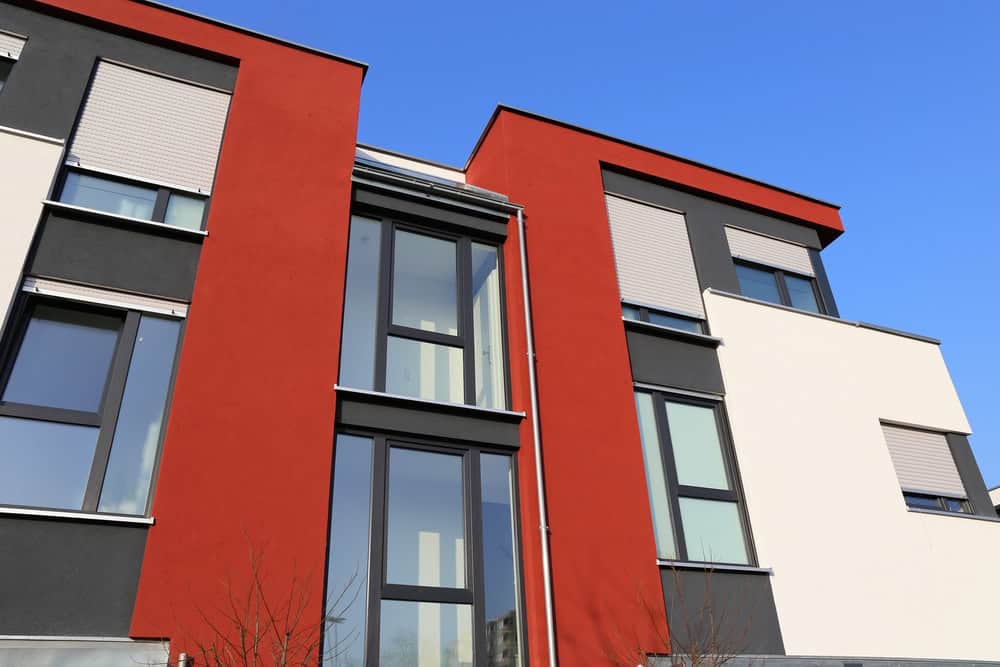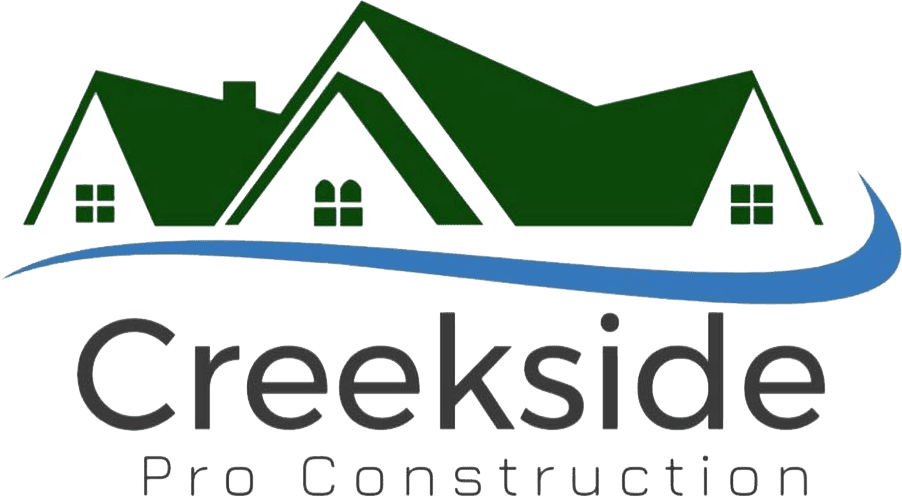Exterior Painter Mill Valley
Local Exterior Painting Contractors
Reinvent your home’s look with exterior painting services by Creekside Pro Construction in Mill Valley. Accomplish a striking appearance for your property today!
Why Choose Our Painters in CA
Outstanding Benefits Await You

Skilled Local Painters
Your Go-To Painting Crew
At Creekside Pro Construction, we focus on leveling up exterior painting services in Mill Valley, CA. Our painters handle each project meticulously for inevitable results. As a trusted name in Marin County, we work with you to make a difference within your property. Contact us at 925-445-7684 to learn more.

Our Painting Process
A Multi-Step Procedure
– Consultation: Discuss your ideas, and we’ll help you select the perfect combination.
– Preparation: We get the surfaces ready for the paint job.
– Painting: Our team applies the coating for longevity purposes.


Exterior Painting Services
Exterior Painting To Protect Homes
Exterior painting does more than just change your home’s look; it shields it from damage caused by weather. At Creekside Pro Construction, serving Mill Valley, CA, and Marin County, we use quality products and proven tactics to set up your dynamic cornerstone. Call 925-445-7684 today to start a new chapter in your home.
View Our Exterior Painting Services
About Creekside Pro Construction
Contact us
The first people known to inhabit Marin County, the Coast Miwok, arrived approximately 6,500 years ago. The territory of the Coast Miwok included all of Marin County, north to Bodega Bay and southern Sonoma County. More than 600 village sites have been identified, including 14 sites in the Mill Valley area. Nearby archaeological discoveries include the rock carvings and grinding sites on Ring Mountain. The pre-Missionization population of the Coast Miwok is estimated to be between 1,500 (Alfred L. Kroeber’s estimate for the year 1770 A.D.) to 2,000 (Sherburne F. Cook’s estimate for the same year). The pre-Missionization population of the Coast Miwok may have been as high as 5,000. Cook speculated that by 1848 their population had decreased to 300, and was down to 60 by 1880. As of 2011 there are over 1,000 registered members of the Federated Indians of Graton Rancheria, which includes both the Coast Miwok and the Southern Pomo, all of whom can date their ancestry back to the 14 survivors original tribal ancestors.
In Mill Valley, on Locust Avenue between Sycamore and Walnut Avenues, there is now a metal plaque set in the sidewalk in the area believed to be the birthplace of Chief Marin in 1781; the plaque was dedicated on May 8, 2009. The village site was first identified by Nels Nelson in 1907 and his excavation revealed tools, burials and food debris just beyond the driveway of 44 Locust Ave. At that time, the mound was 20 feet (6.1 m) high. Another famous Mill Valley site was in the Manzanita area underneath the Fireside Inn (previously known as the Manzanita Roadhouse, Manzanita Hotel, Emil Plasberg’s Top Rail, and Top Rail Tavern, most of which were notorious Prohibition-era gin joints and brothels) located near the intersection of U.S. Route 101 and California State Route 1. Built in 1916, the “blind pig” roadhouse was outside the dry limits of the city itself. Shell mounds have been discovered in areas by streams and along Richardson Bay, including in the Strawberry and Almonte neighborhoods.
Beginning with the foundation of Mission San Francisco de Asís, commonly known as Mission Dolores, in 1776, the Coast Miwok of southern Marin began to slowly enter the mission, first those from Sausalito followed by those from areas now known as Mill Valley, Belvedere, Tiburon and Bolinas. They called themselves the “Huimen” people. At the mission they were taught the Catholic religion, lost their freedom, and three quarters died as a result of exposure to European diseases. As a result of the high death rate at Mission Dolores it was decided to build a new Mission San Rafael, built in 1817. Over 200 surviving Coast Miwok were taken there from Mission Dolores and Mission San Jose, including the 17 survivors of the Huimen Coast Miwok of the Richardson Bay Area. California Missions.
Learn more about Mill Valley.

